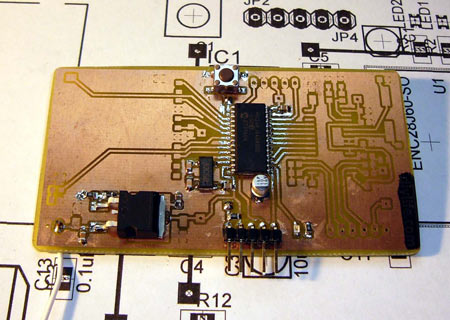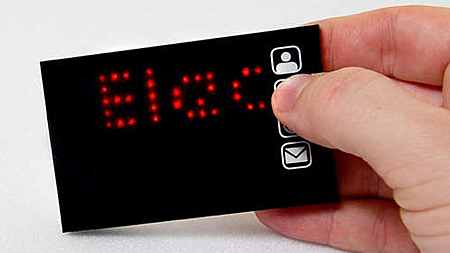[vimeo 4979525]
Embedded above is a neat augmented reality business card by ActionScript developer [James Alliban]. After seeing “the most impressive business card you will ever see“, he was inspired to update his own business card. His new card has a fiduciary marker on the backside and directs you to his site. A flash app on the site displays a video where he tells you more about himself. The 3D grid of planes in the video varies in depth based on the brightness of the section. He has a few more AR and tracking demos on Vimeo.
Updated: While we’re talking augmented reality, it’s worth checking out the tech behind ESPN’s baseball tracker that uses doppler radar.
Related: Augmented reality in Flash
[via Josh Spear]
















